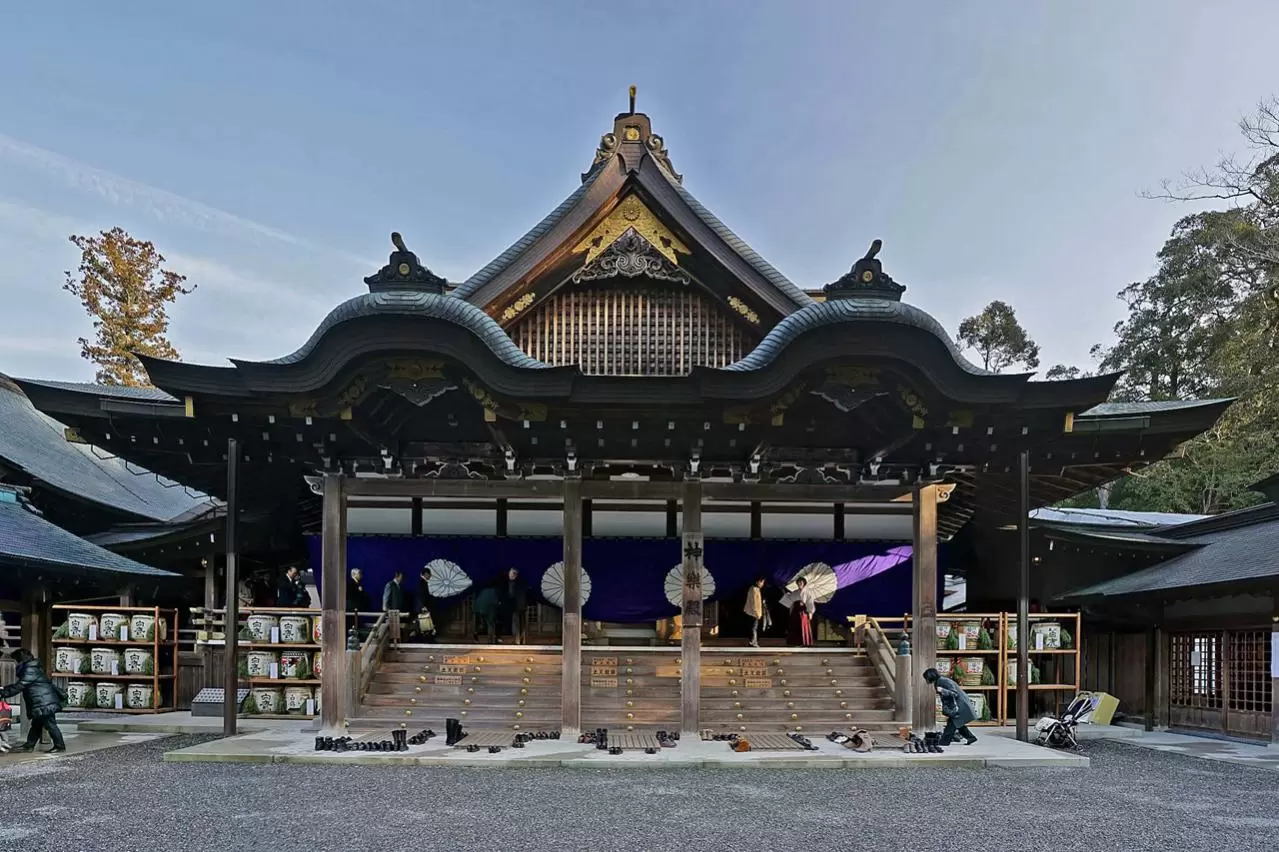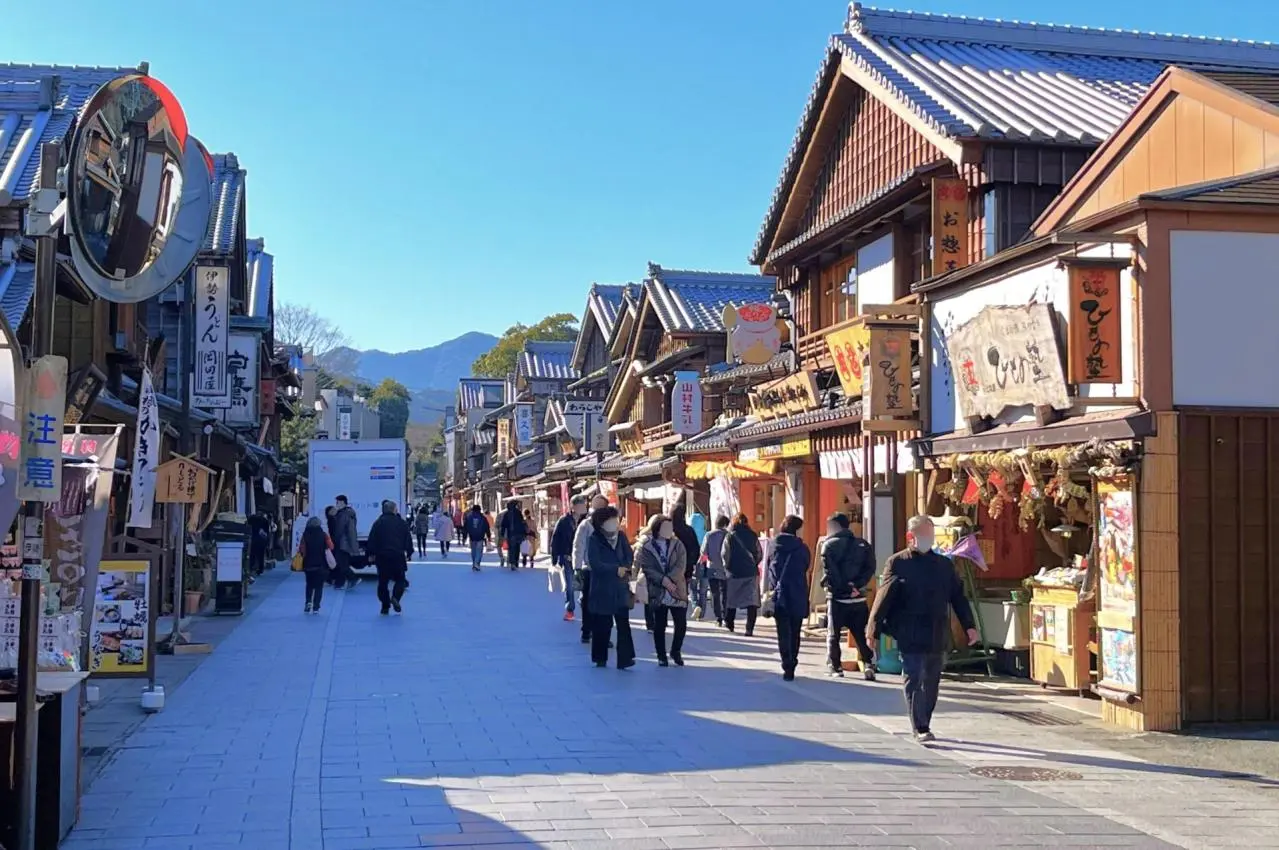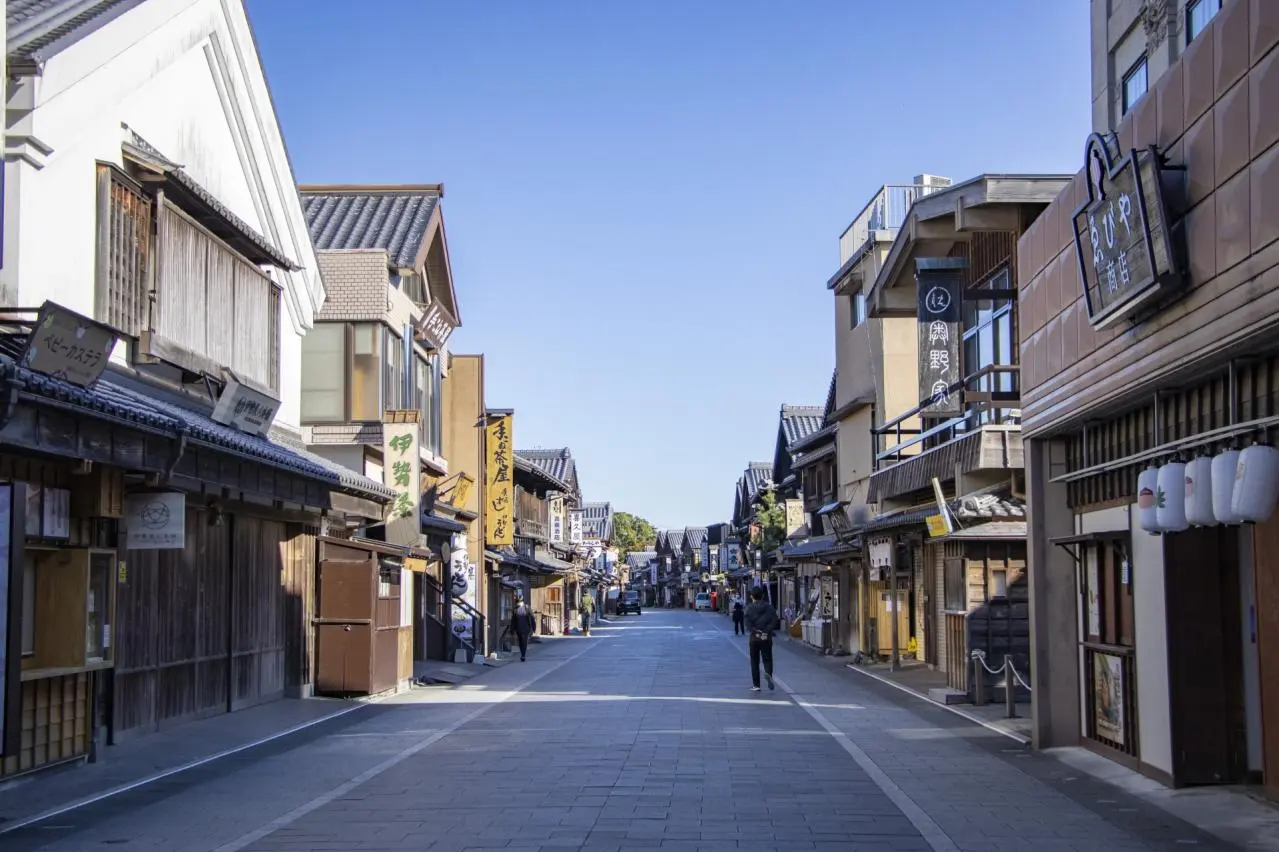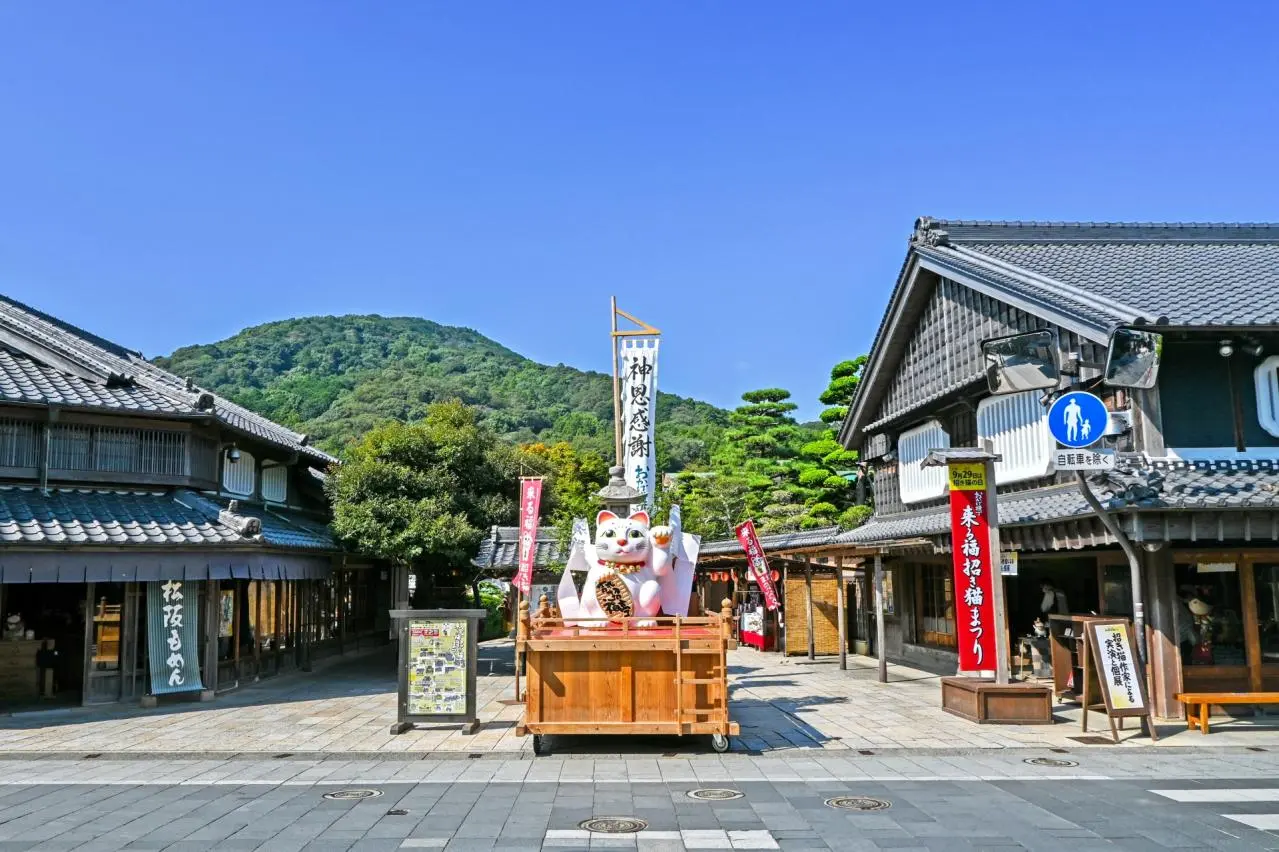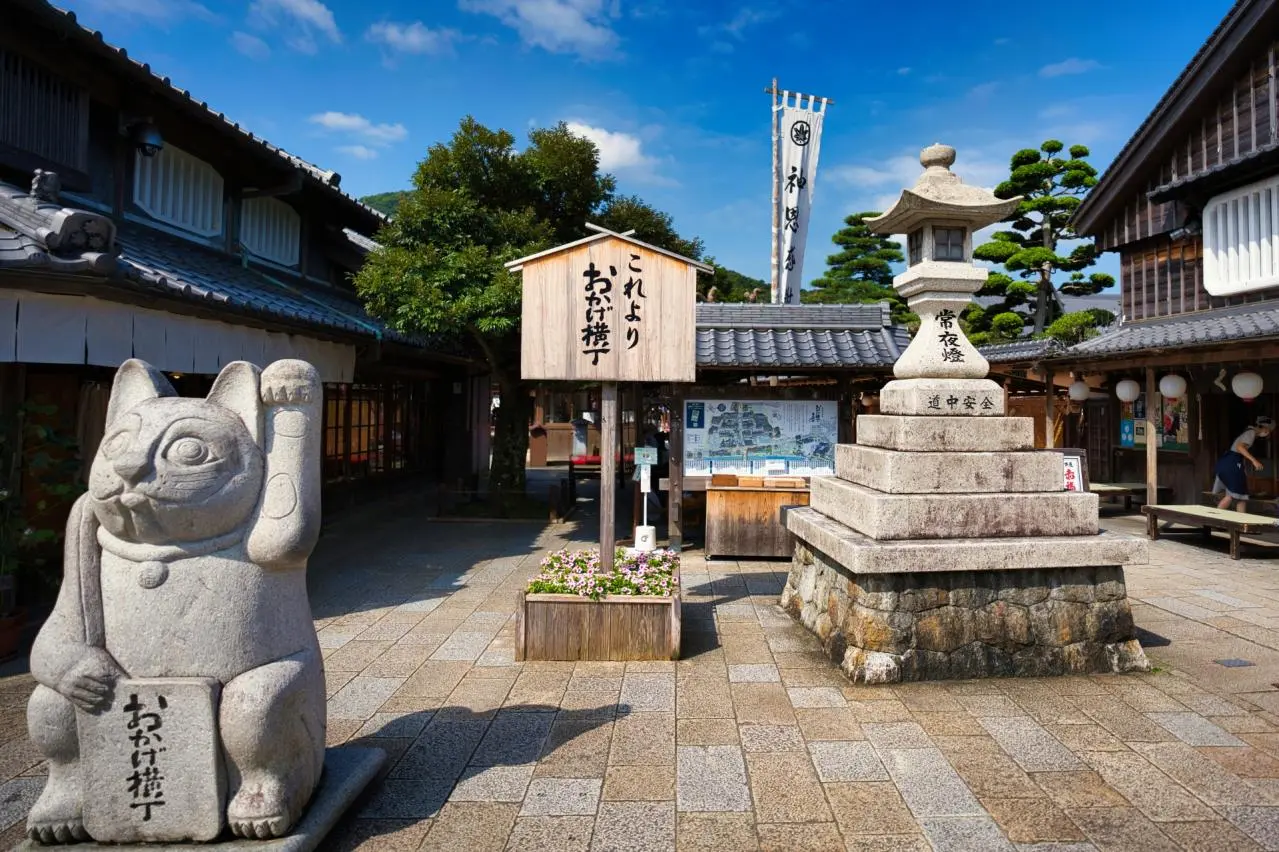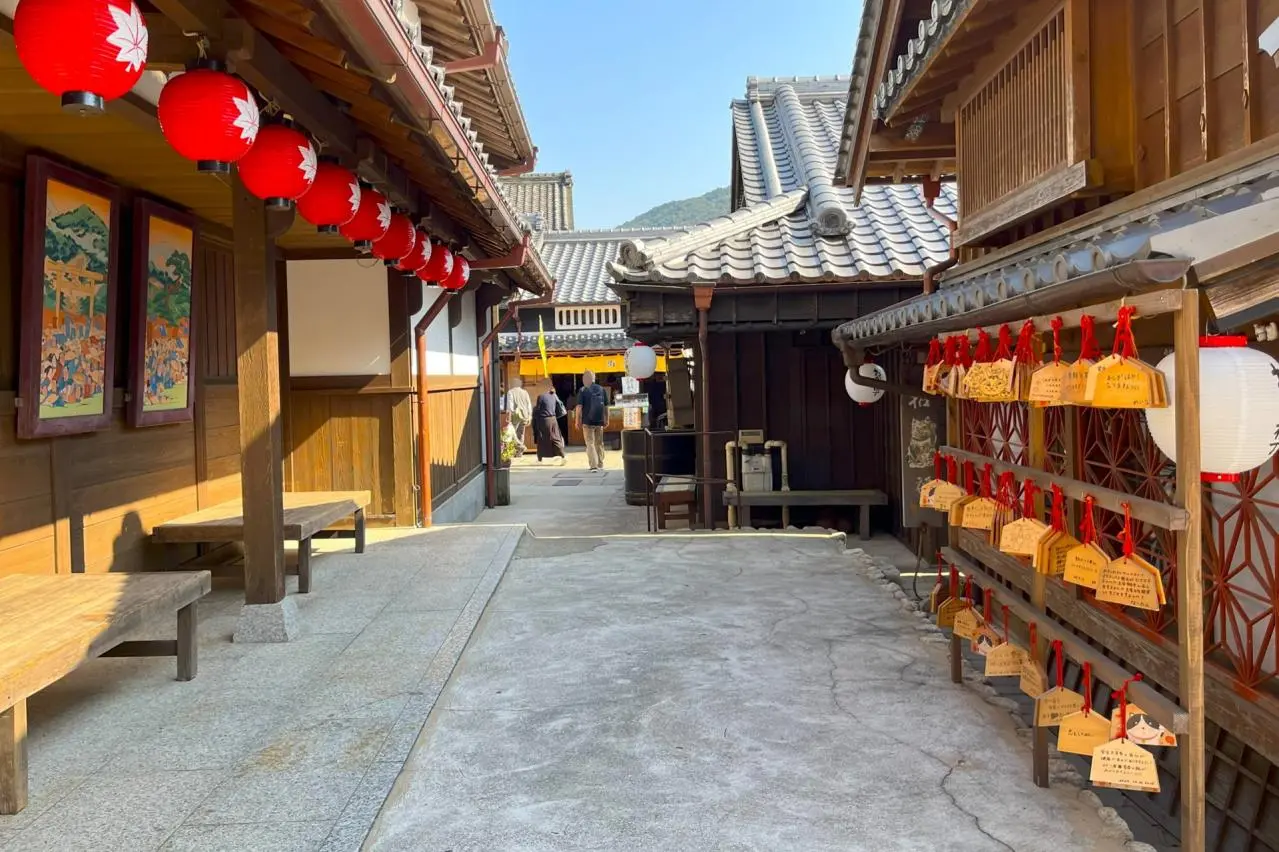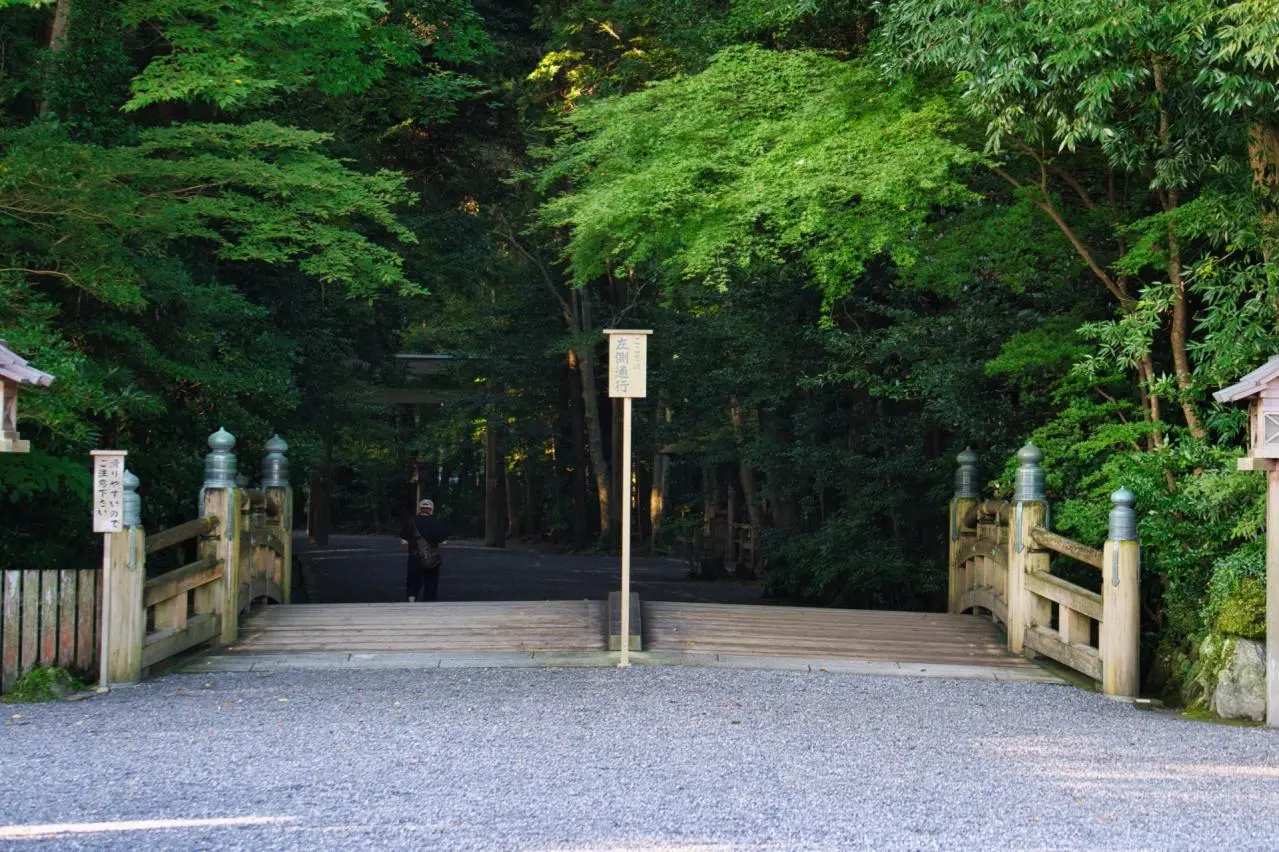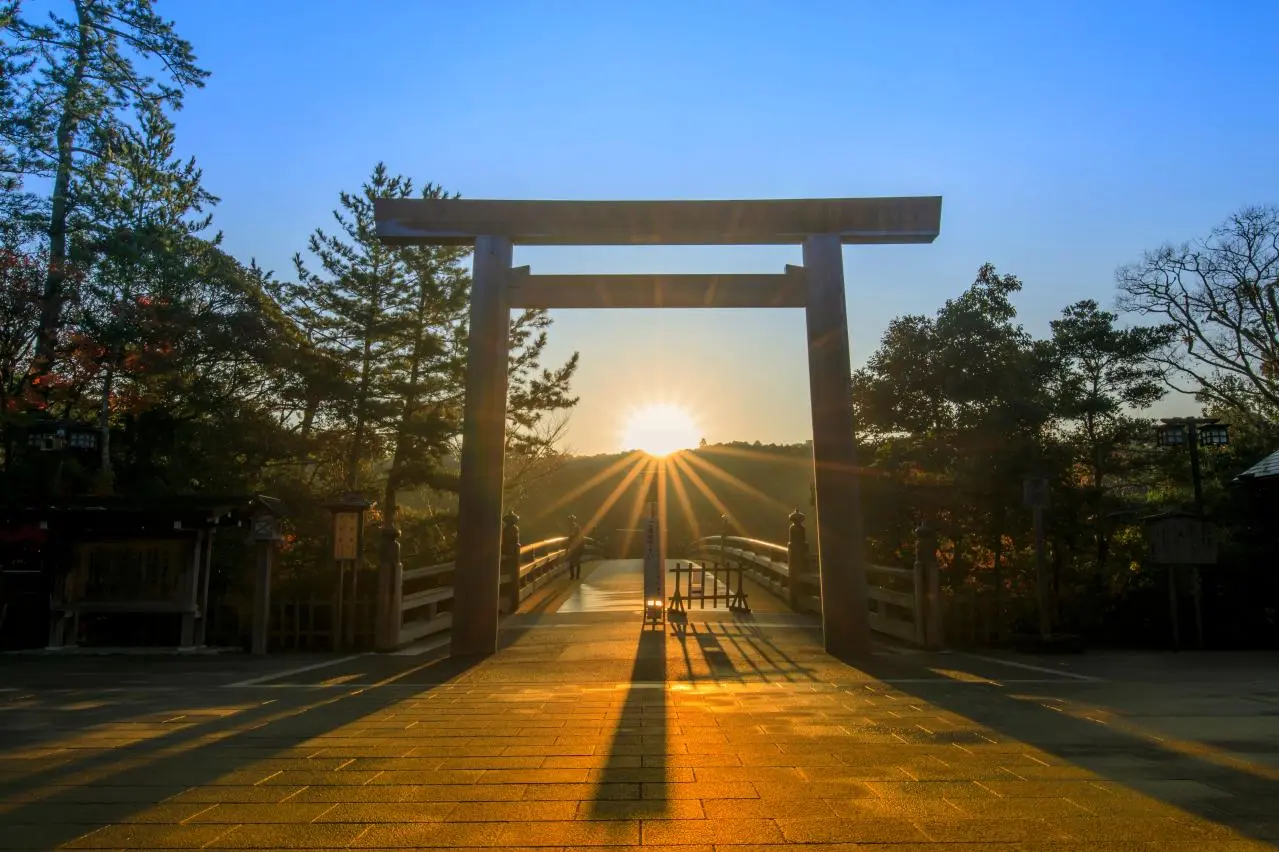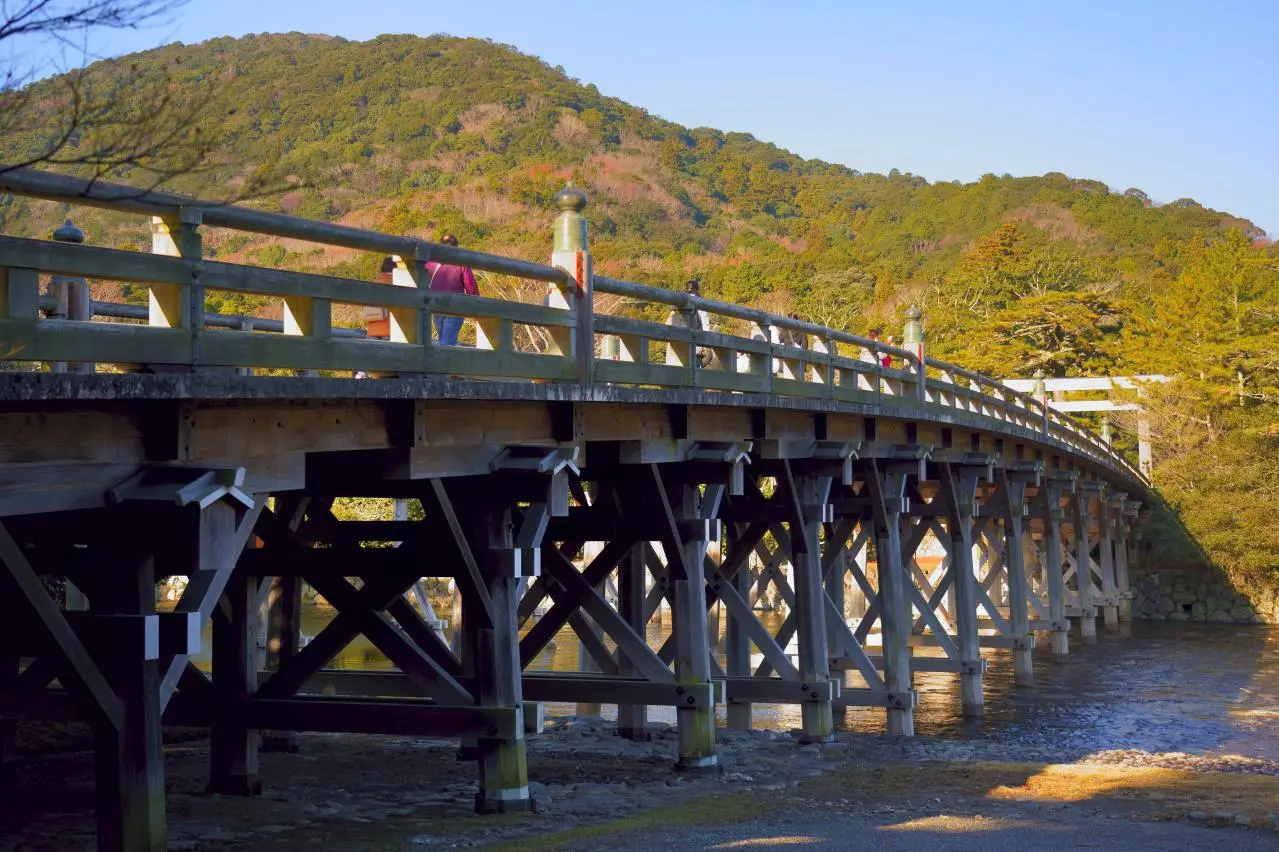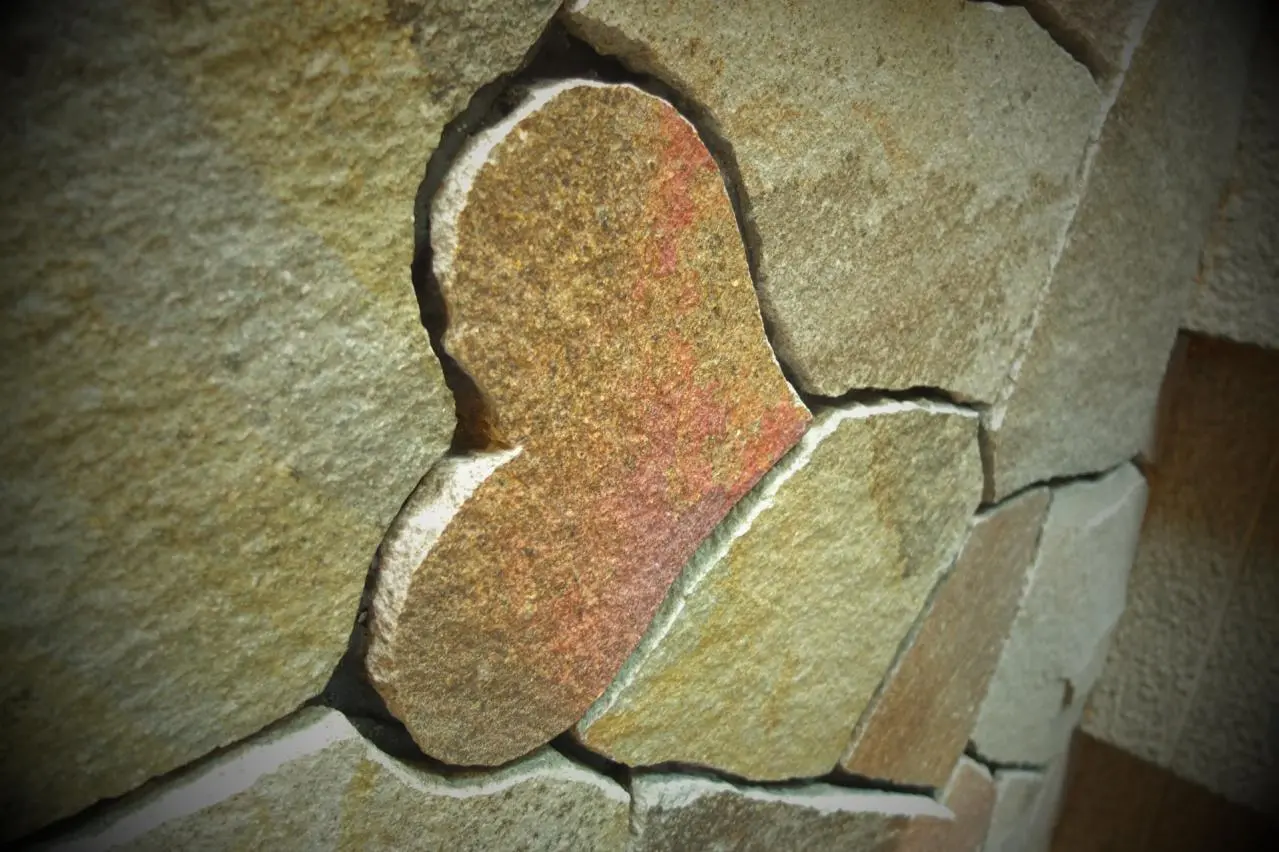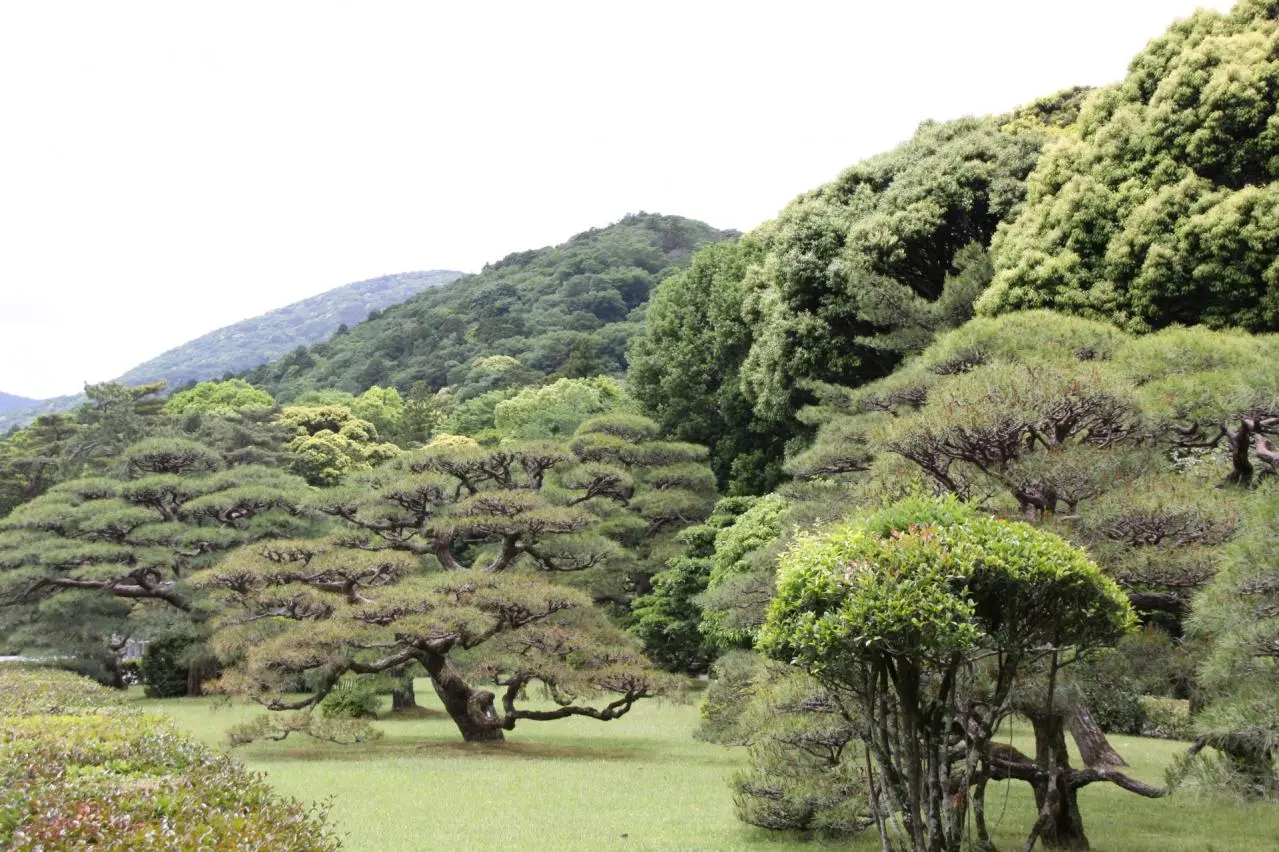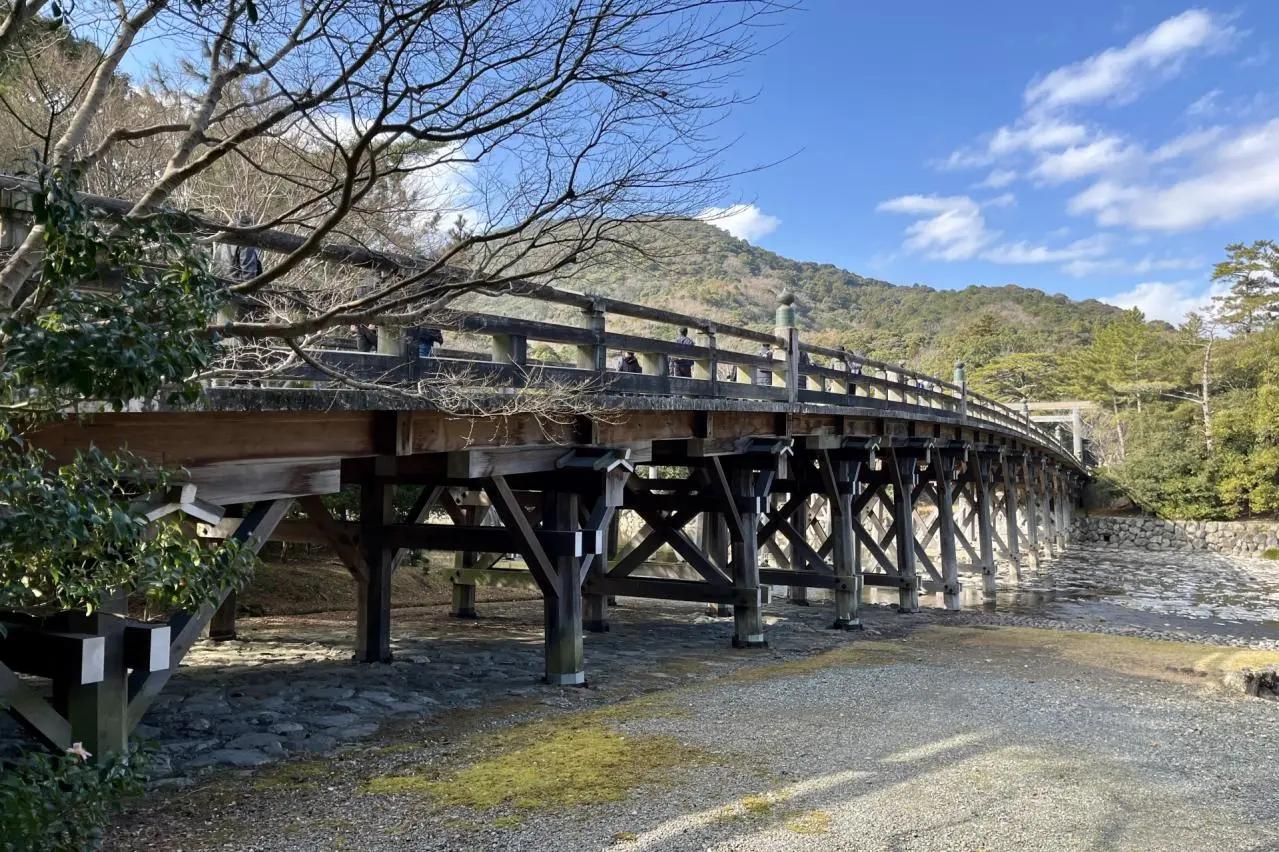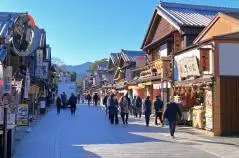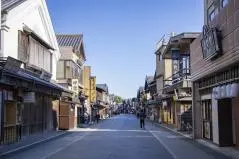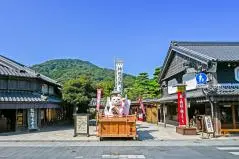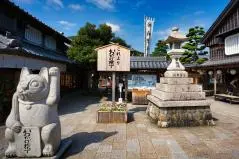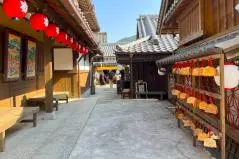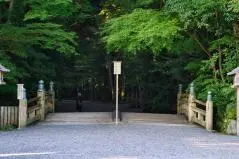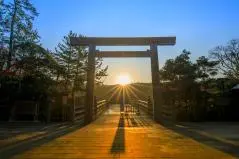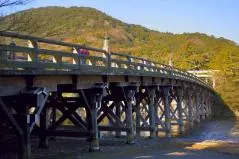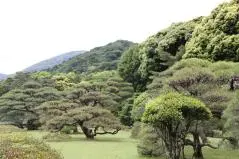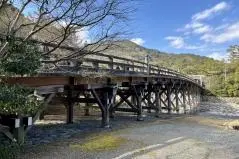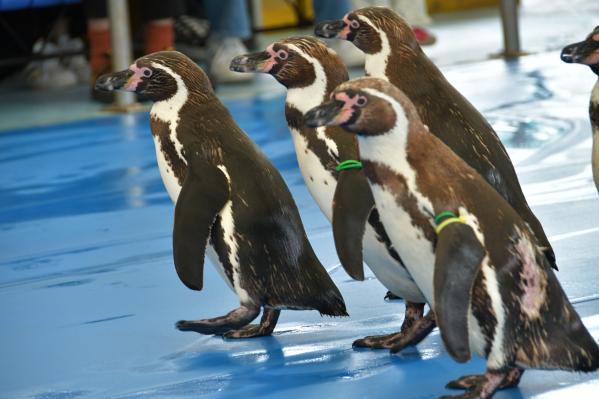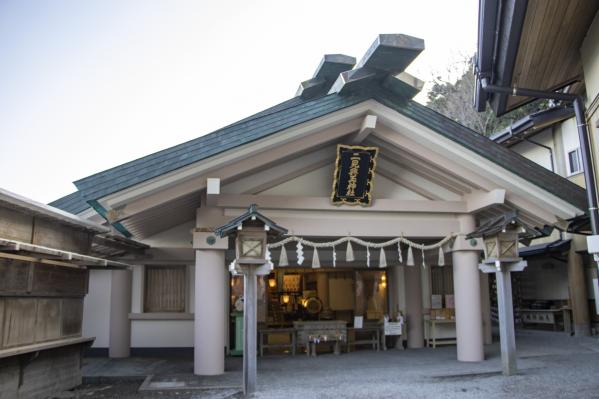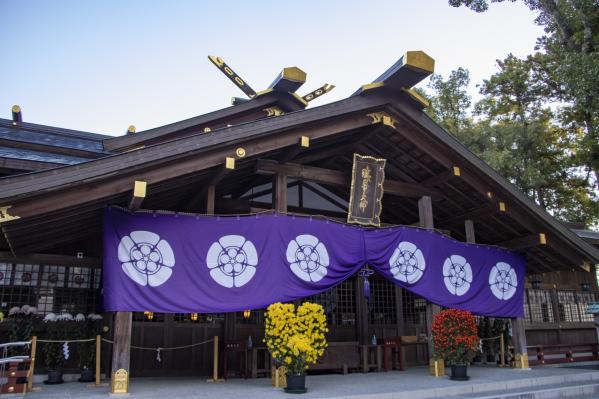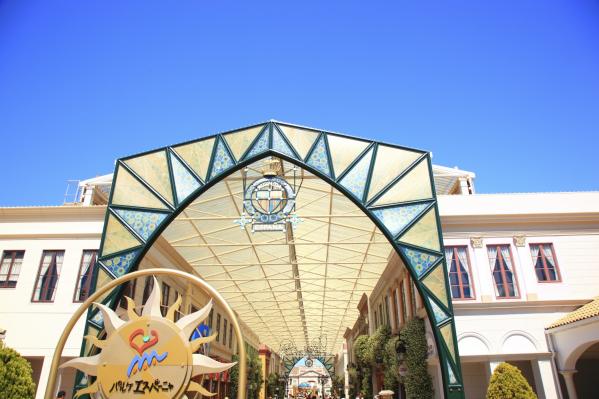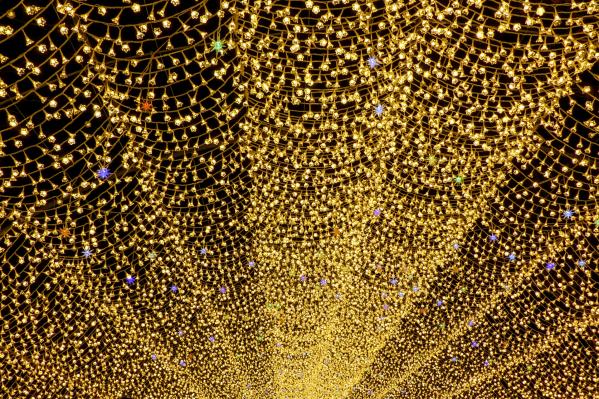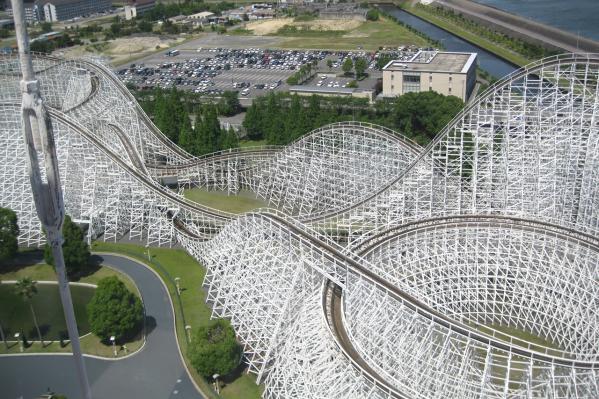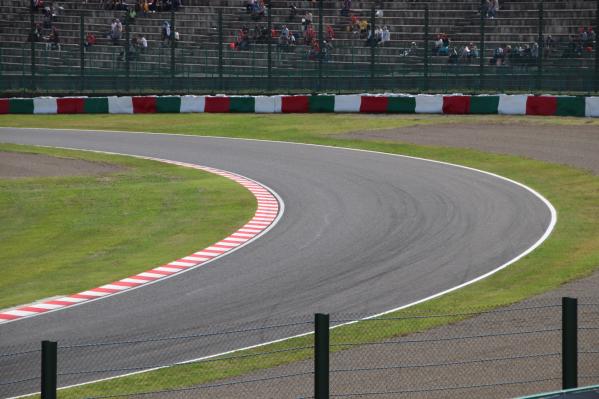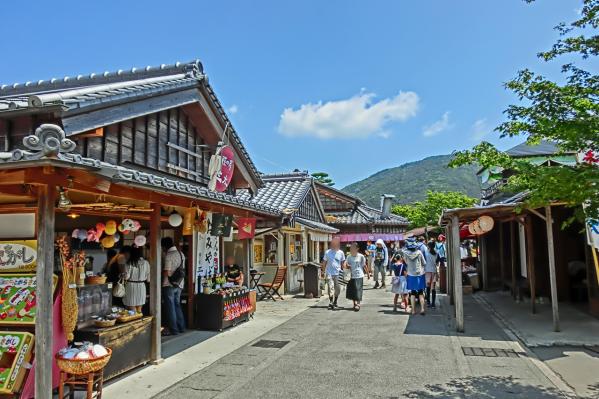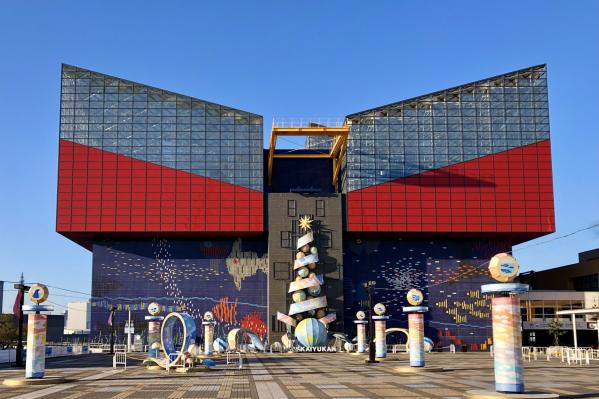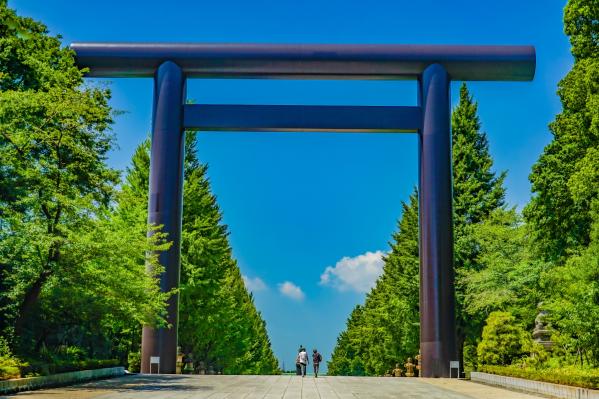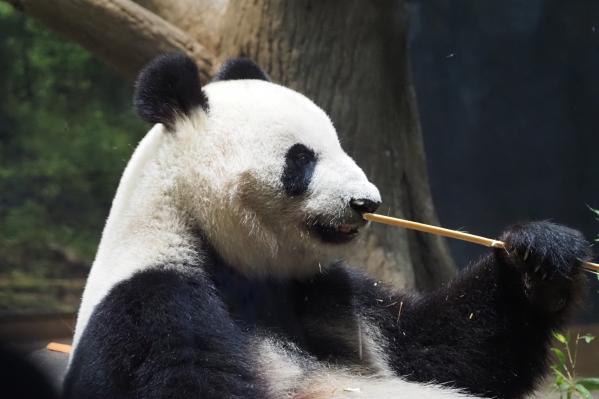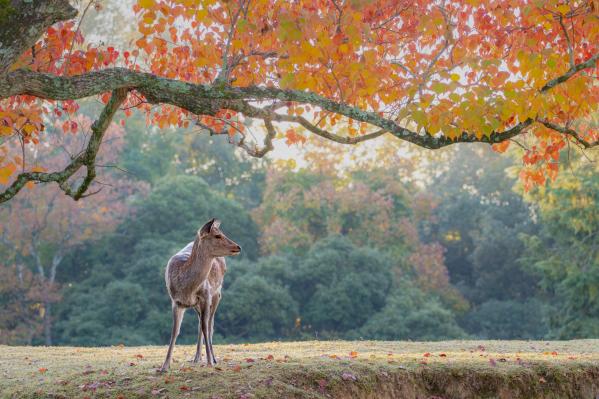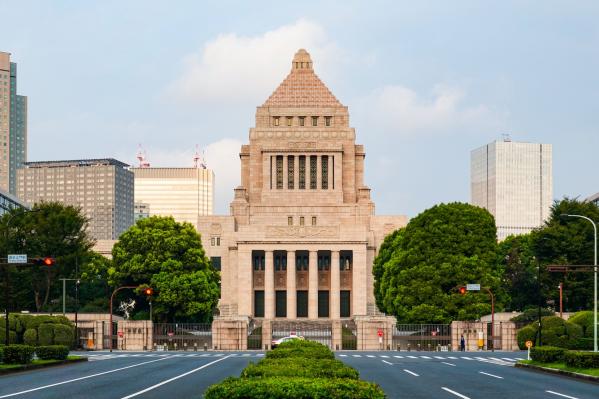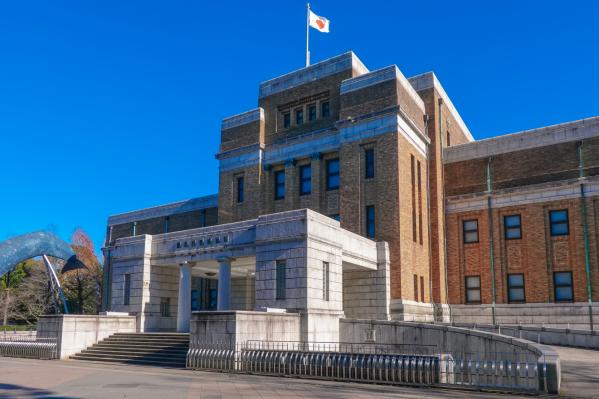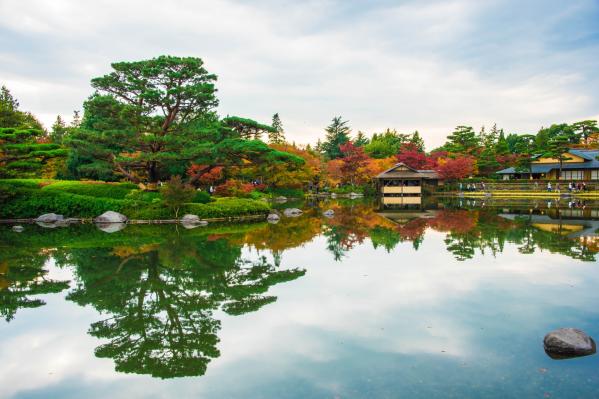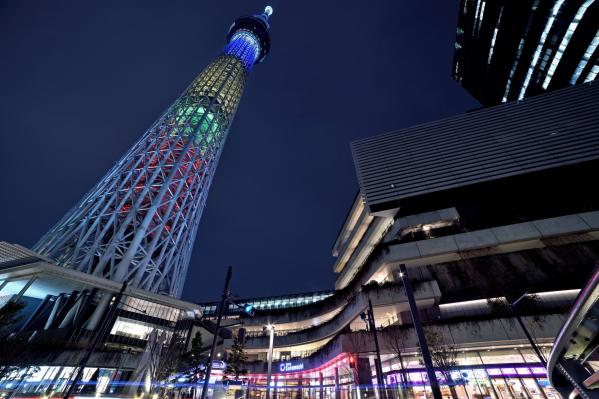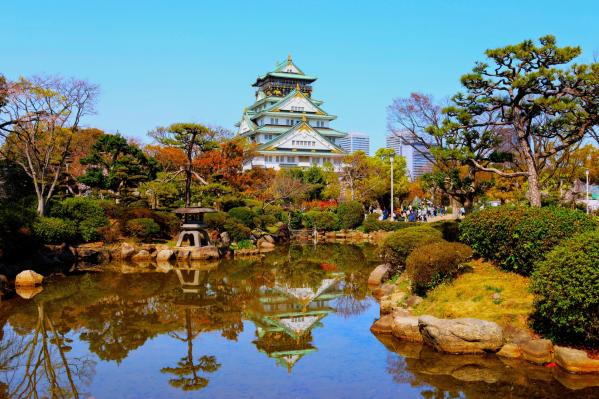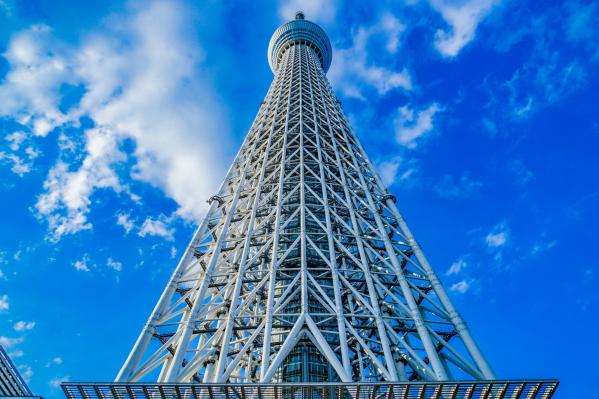Ise Grand Shrine
The Naiku enshrines "Amaterasu Omikami," the chief deity of the Japanese people, while the Geku enshrines "Toyouke Daimokami," the guardian deity of various industries such as clothing, food, and shelter. These shrines are also referred to as "Miseigū," and are regarded as places of high prestige.
Ise Jingu is deeply related to Japan's history and mythology, with Amaterasu appearing in these myths as the ancestor of the imperial family and revered as a principal deity by the Japanese people. Ise faith spread throughout the country in the late Heian period, and even today, many believers visit and worship at the site.
Among the treasures of Ise Jingu, the sacred object known as the Yata no Kagami holds a special significance, as it is a divine embodiment enshrined by the emperor of Japan. The history, culture, and mythology of Ise Jingu have greatly influenced Japanese culture and belief, making it a place where many people visit to experience its mystical atmosphere.
Basic Information
- Spot Name
- Ise Grand Shrine
- Location
- Ise Jingu (Naiku), 1 Ujitachicho, Ise City, Mie Prefecture; Toyouke Daijingu (Geku), 279 Toyokawacho, Ise City, Mie Prefecture.
- Access
- Access to Geku
[Train] About a 5-minute walk from Iseshi Station on Kintetsu and JR
[Bus] About a 5-minute bus ride from Iseshi Station on Kintetsu and JR
[Car] About a 6-minute drive from Ise IC to Geku-mae Parking Lot
Access to Naiku
[Train] About a 30-minute walk from Isuzugawa Station on Kintetsu
[Bus] About a 6-minute bus ride from Isuzugawa Station on Kintetsu
[Car] About a 5-minute drive from Ise-nishi IC to Uji Municipal Parking Lot - Parking
- Parking available
- Business Hours
- Visiting hours:
January, February, March, April, September
5:00 AM - 6:00 PM
May, June, July, August
5:00 AM - 7:00 PM
October, November, December
5:00 AM - 5:00 PM - Contact Information
- Phone Number: 0596-24-1111
- Official Website
Map
Detailed Information
Two Shrines: Ise Grand Shrine (Naikū) and Toyoke Grand Shrine (Gekū)
The two shrines are not of equal status; Ise Grand Shrine is the most revered shrine and the center of the Jingu.
▶ Ise Grand Shrine (Naikū)
Ise Grand Shrine, located at the foot of Kamiji Mountain and Shimaji Mountain, by the Isuzu River, enshrines Amaterasu Ōmikami, the ancestral deity of the Imperial Family and the great ancestral deity of the Japanese people. Around 2000 years ago, the Yata no Kagami, one of the three sacred treasures that symbolize the imperial throne, was enshrined in Ise, worshipped as the guardian deity of the nation. The belief in Ise spread nationwide from the late Heian period, and even now, it is specially revered as the central shrine of shrines across the country.
▸ History and Legends of Ise Grand Shrine
According to Japan's first official history, the "Nihon Shoki," when Amaterasu Ōmikami was born, she was praised as "radiating brilliance throughout the universe," and she is known as the deity who governs the world of the gods. When Amaterasu, residing in Takamagahara, sent her grandchild, Ninigi no Mikoto, to this land, she blessed it with the words:
"The beautiful land of Toyoashihara, where the rice of 1500 autumns grows, is the land my descendants should rule. Therefore, you, my grandchild, should go down and govern it. May the royal line flourish forever, with no end to heaven and earth."
Moreover, she entrusted them with the sacred mirror, commanding them to worship it "as if it were me." She also bestowed ears of rice, teaching that a life cultivated on rice would bring prosperity and peace to this land. This blessing is referred to as the "Divine Decree of Eternal Heaven and Earth."
Now, the sacred mirror bestowed upon Ninigi no Mikoto is called Yata no Kagami and has become the divine object worshipped by the emperor when venerating Amaterasu. The Yata no Kagami was worshipped in the imperial palace by successive emperors, but during the reign of Emperor Sujin, they became reverent and left the Imperial Palace to enshrine it at Kasenoi in Yamato.
There, Toyokune no Mikoto enshrined Amaterasu in place of the emperor, but during the reign of Emperor Suinin, Yamato-hime no Mikoto sought a more suitable place to enshrine Amaterasu. After traveling through various regions, including Yamato, Iga, and Omi, she arrived at Watarai in Ise, where she followed Amaterasu's teachings and built a "shrine" to enshrine her. This took place roughly 2000 years ago. The shrine, also written as "社," means a building constructed anew each time for celebrations. It is believed that temporary structures like shrines and altars became large enough to be called "Jingu" around the time of Emperor Tenmu to Empress Jitō. The grand festival held every 20 years, known as the Jingu Shikinen Sengu, began in that era.
▶ Toyoke Grand Shrine (Gekū)
Toyoke Grand Shrine, situated in the center of Ise City with Takakurayama at its back, enshrines Toyoke Ōmikami. Toyoke Ōmikami, the deity who governs the meals of Amaterasu Ōmikami, is also revered as the protector of clothing, food, housing, and industries. Passing through the torii gate and walking along the stone pathway nested in greenery brings a refreshing feeling.
Approximately 1500 years ago, Toyoke Ōmikami was welcomed from Tanba Province as the deity who governs the meals of Amaterasu. This occurred about 500 years after the enshrinement of the Naikū. Since then, at the Gekū, located to the northeast, the daily ritual of offering meals to Amaterasu and other deities continues twice a day, known as the "Daily Ritual of Offering Meals."
▸ History and Legends of Toyoke Grand Shrine
According to the "Shiyuki no Gishiki Chō" and "Toyoke Ōmikami Goshinza Honki," the establishment of Toyoke Grand Shrine dates back to the reign of Emperor Yūryaku, when Amaterasu appeared in the emperor’s dream with a message. The message conveyed that "it is extremely difficult to dwell in one place" and that "since the great meals are not heard of cheaply, you should summon my meal deity, Toyoke Ōmikami, who resides in the true well of Hiji in Tanba Province." Upon waking from the dream, the emperor called Toyoke Ōmikami from Tanba Province, built a grand palace in Watarai’s Yamadahara, and began the rituals. This marked the origin of the "establishment of the meal hall" and the "initiation of the Daily Ritual of Offering Meals."
What significance did it have that Toyoke Grand Shrine was established by the divine will of Amaterasu? It can be assumed that the divine will is teaching that proper and rich living, represented by meals, cannot be achieved without reverence towards Toyoke Ōmikami. Considering this was an era of increasing trade with the continent and significant industrial development, it reveals the depth of divine consideration at that time.
Together with Ise Grand Shrine, Toyoke Grand Shrine was once called the "Two Shrines." With vast divine virtue and a prestigious backstory, many of the structures and rituals are nearly the same as Ise Grand Shrine, and the Imperial Family similarly offers reverence. However, the two shrines are never equal; Ise Grand Shrine is the highest and most sacred shrine and the center of the Jingu.
In the Jingu festivals, there is a custom where rituals are first conducted at the Gekū, known as "Gekū Saki Matsuri." Since Toyoke Ōmikami is the meal deity of Amaterasu, meals are offered to the meal deity before the rituals at the Naikū. Following the order of the festivals, it is customary to worship first at the Gekū and then at the Naikū.
Ise Grand Shrine Movies
Mie Tourist Attractions
View ListToba Aquarium
Toba Aquarium is one of the largest indoor aquariums in Japan, boasting a total length of about 240 meters and a pathway of approximately 1.5 kilometers. It houses a...
Futami Okitama Shrine
Futami Okitama Shrine is a shrine dedicated to Sarutahiko no Okami, with the iconic夫妻岩 (Meoto Iwa, or Husband and Wife Rocks) towering in the sea near the main bu...
Saruta Hiko Shrine
Saruta Hiko Shrine is a shrine dedicated to Saruta Hiko no Okami, the deity of "road-opening" in Japanese mythology. Saruta Hiko no Okami guided Ninigi no Mikoto to ...
Shimusupein Village
Shima Spain Village is a theme park that recreates the streets of passionate Spain. It offers a variety of attractions, from thrilling roller coasters to rides suita...
Nabana no Sato
Nabana no Sato is one of Japan's largest theme parks dedicated to flowers, greenery, and food. In the large greenhouse "Begonia Garden," hundreds of flower species b...
Nagashima Spa Land
Nagashima Spa Land is a large amusement park located in Nagashima Town, Kuwana City, Mie Prefecture, in the northern part of the prefecture. This attraction park is ...
Suzuka Circuit
Suzuka Circuit is a mobility-themed park set in hilly terrain, and it is Japan's first full-fledged international circuit completed in 1962. The 5,807m-long course i...
Okage Yokocho
Okage Yokocho is a tourist destination in Ise that opened in 1993, located in the middle of Oharai-machi Street in front of the inner shrine's torii gate. The approx...
